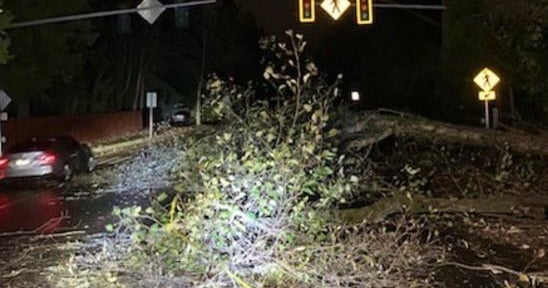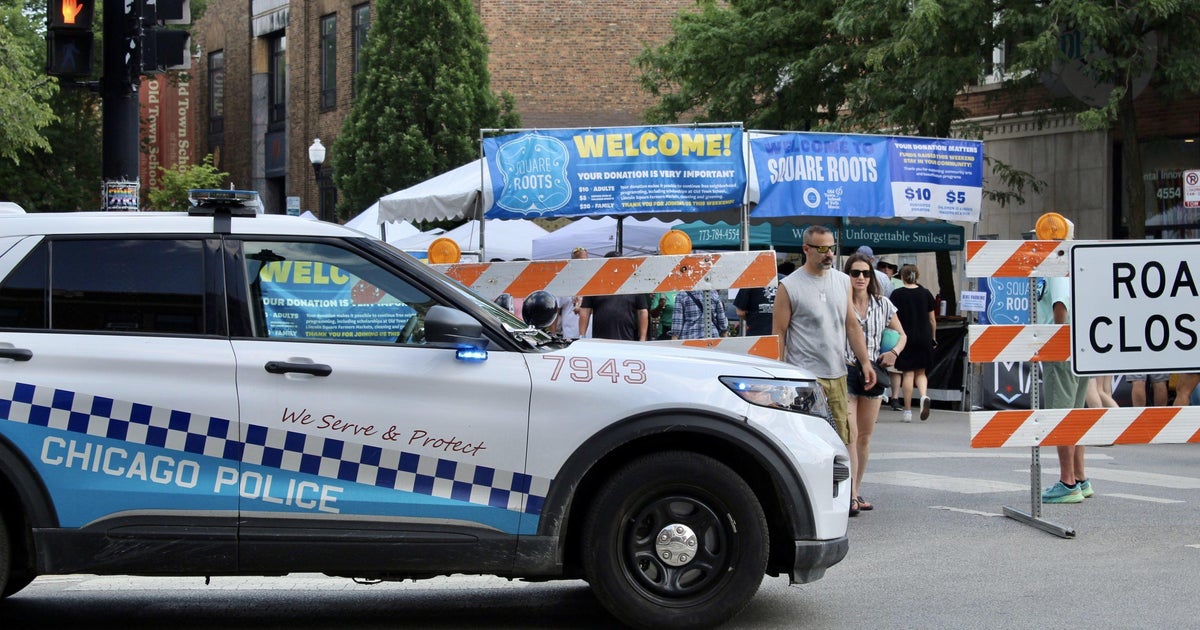More than 1 million Houston-area customers still without power after Beryl
It could take days or longer to fully restore power to the Houston area after Beryl slammed into Texas as a hurricane earlier this week, leaving millions of residents in the dark and without air conditioning in searing summer heat.
The slow pace of restoring power in America's fourth-largest city has put CenterPoint Energy, Houston's utility provider, under mounting scrutiny over whether it was sufficiently prepared before the storm and was working fast enough to get the lights back on.
Some Houston residents — who are all too familiar with enduring natural disasters — have also questioned why one of the largest cities on the Gulf Coast appeared to wilt under Beryl and was unable to better withstand a Category 1 hurricane.
As of Wednesday night, more than 1.35 million customers were still without power in and around Houston, according to utility tracker PowerOutage.us. At the storm's peak, more than three million customers had been without power.
CenterPoint Energy rolled out a new map to check the progress of restoration after people were using a Whataburger fast food app to track outages near them.
Worsening the situation was the scorching heat which had descended on the region. The heat index hit 100 degrees Wednesday in Houston, according to the National Weather Service, where residents were rushing to distribution centers for food, water and ice.
Darin Carroll, senior vice president of operations support for CenterPoint Energy, said the criticism the utility provider was receiving was not fair.
"We take a tremendous amount of pride in preparing for events such as this," Carroll told CBS News. "I think we've done really great work."
Beryl was no longer a Category 5 behemoth by the time it reached the U.S. before sunrise Monday. It made landfall as a weakened hurricane with sustained winds of 80 mph after having already torn a deadly path of destruction through parts of Mexico and the Caribbean.
In the Houston area, Beryl toppled transmission lines, uprooted trees and snapped branches that crashed onto power lines. Officials said the storm was to blame for at least seven deaths in Texas and one in Louisiana.
CenterPoint Energy said it had brought in about 12,000 additional workers from outside Houston since landfall to expedite power restoration.
Under sometimes sharp questioning Wednesday from Houston city councilmembers about the utility's handling of the storm, Brad Tutunjian, vice president for regulatory policy for CenterPoint Energy, said it wouldn't have been safe to pre-position outside crews to "ride out" the storm.
He said the extensive damage to trees and power poles has hampered the ability to restore power quickly.
"That's where all the time comes in to do the restoration work," he said.
Rural communities in Beryl's path are also struggling to get power restored quickly. In coastal Matagorda County, where Beryl made landfall, officials said it may take up to two weeks to get the electricity back on for around 2,500 customers in the hard-hit community of Sargent, where homes were destroyed and badly damaged.
Texas Lt. Gov. Dan Patrick has been the face of the state's response while Gov. Greg Abbott is on an economic development visit to Asia, where he's traveling to Taiwan, South Korea and Japan.
Abbott left Texas on Friday with a delegation that included other lawmakers, state officials and civic leaders. On Tuesday, Abbott posted on social media that he has remained in contact with emergency management officials and Patrick, who is the acting governor while Abbott is traveling.
"We'll remain engaged until every Texan recovers," he wrote.
Republican Sen. Ted Cruz of Texas was criticized in 2021 for traveling to Cancun while his state suffered through a deadly freeze. This week, Cruz has traveled along the coast visiting hard-hit communities alongside state officials. On Tuesday, Cruz said he was sleeping on a friend's couch after his own home in Houston lost power.
As of Wednesday night, Beryl was a post-tropical cyclone centered about 80 miles west of Buffalo, New York, according to the National Hurricane Center. It was bringing heavy rainfall to portions of northeastern New York and northern New England. The heavy rain was forecast to taper off late Wednesday night.






